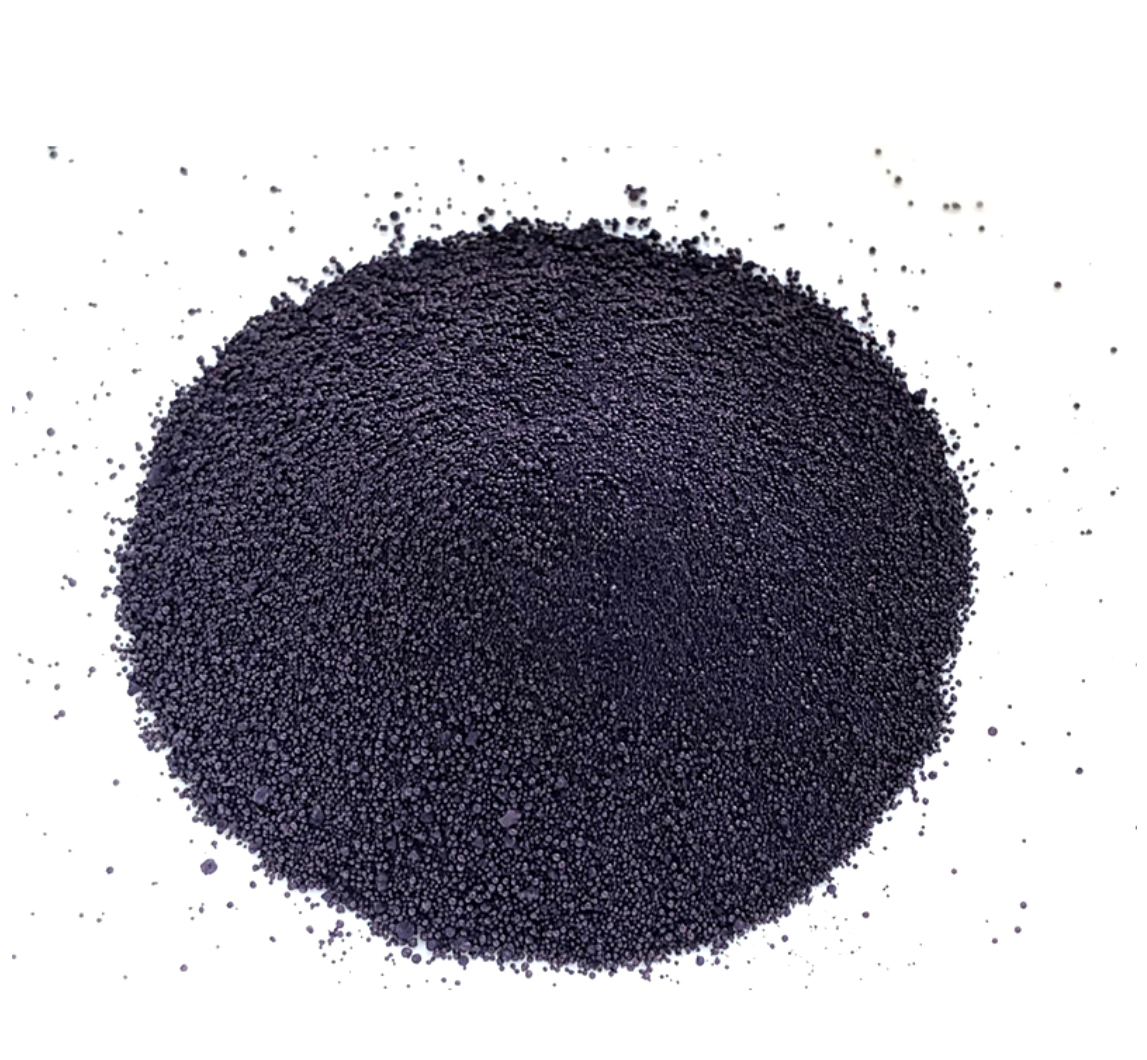custom dyeing with indigo powder
Custom Dyeing with Indigo Powder A Journey into Timeless Tradition
Indigo dyeing is an ancient practice that has colored textiles around the world for centuries, steeped in cultural significance and artisanal methods. With the resurgence of interest in sustainable practices and handmade goods, custom dyeing with indigo powder has become an attractive option for designers, artisans, and DIY enthusiasts alike. This article explores the process of custom dyeing with indigo powder, its unique properties, historical context, and modern-day applications.
The History of Indigo Dyeing
Indigo dye has a rich history that dates back over 6,000 years. Used in various cultures from the Nile Valley to India, Japan, and beyond, indigo became a sought-after commodity due to its vibrant blue hue and the distinct properties of the dye it produces. Unlike many dyes that are derived from plants, indigo is unique because it does not dissolve in water. Instead, it requires a reduction process that turns the dye soluble for application. Once exposed to air, the dye oxidizes, creating the beautiful blue shades that have captivated people throughout history.
In many cultures, the dyeing process with indigo has not only been a skill but also an art form. Artisans employ unique patterns, techniques, and fabrics to create distinct and personalized items. The traditional methods of indigo dyeing often include shibori (Japanese tie-dye), batik (wax-resist dyeing), and other regional techniques, each carrying its own significance and story.
The Process of Custom Dyeing with Indigo Powder
Custom dyeing with indigo powder involves several steps. The first step is preparing the indigo dye bath. Indigo powder is mixed with a reducing agent, usually sodium hydrosulfite, in alkaline water to create a solution that allows the indigo to dissolve. It is essential to monitor the temperature and pH levels throughout this process to ensure that the dye is properly activated and will adhere to the fabric.
Once the dye bath is prepared, the fabric must be prepped. Natural fibers such as cotton, linen, and silk are ideal for indigo dyeing, as they absorb the dye effectively. Before dyeing, the fabric often undergoes a mordanting process to enhance colorfastness and ensure even dye application.
custom dyeing with indigo powder

The actual dyeing process involves submerging the fabric in the dye bath and letting it soak for a specified time. The longer the fabric is submerged, the deeper the blue hue will become. Once removed from the bath, the fabric will appear green due to the presence of reduced indigo. As it is exposed to air, it will gradually oxidize, revealing the beautiful blue we associate with indigo. This transformation is a magical moment for many dyers, marking the culmination of their patience and skill.
After dyeing, the fabric must be rinsed thoroughly to remove any excess dye. It is then dried, and usually requires a final wash to ensure any residual indigo is removed, preventing stains on future garments.
Modern Applications and Sustainability
In today's eco-conscious world, custom dyeing with indigo powder has gained renewed popularity. Many designers and brands are embracing sustainable practices by using natural dyes like indigo, which not only minimizes the environmental impact but also celebrates traditional craftsmanship. Local artisans are reviving age-old methods, creating unique pieces that tell a story while offering eco-friendly alternatives to chemical dyes.
Custom dyed indigo products can range from clothing to home decor, including curtains, cushions, and wall hangings. The depth of color and unique patterns created through artisan techniques allow for personalization and creativity, making each piece a one-of-a-kind work of art. Additionally, workshops and classes in indigo dyeing are becoming increasingly popular, enabling individuals to develop their skills and connect with this artistic practice.
Conclusion
Custom dyeing with indigo powder is not just a functional process; it is an art form rich with history and cultural significance. As more individuals and designers seek sustainable and personalized options, the craft of indigo dyeing continues to flourish. Whether you're a seasoned artisan or a curious beginner, exploring the realm of indigo offers a wonderful opportunity to engage with tradition while creating something uniquely your own. The enchanting transformation of fabric into vibrant blues serves as a reminder of the beauty and depth found in the hands of those who create. Embrace the journey of indigo dyeing and let your creativity flow in beautiful shades of blue!
-
The Timeless Art of Denim Indigo Dye
NewsJul.01,2025
-
The Rise of Sulfur Dyed Denim
NewsJul.01,2025
-
The Rich Revival of the Best Indigo Dye
NewsJul.01,2025
-
The Enduring Strength of Sulphur Black
NewsJul.01,2025
-
The Ancient Art of Chinese Indigo Dye
NewsJul.01,2025
-
Industry Power of Indigo
NewsJul.01,2025
-
Black Sulfur is Leading the Next Wave
NewsJul.01,2025

Sulphur Black
1.Name: sulphur black; Sulfur Black; Sulphur Black 1;
2.Structure formula:
3.Molecule formula: C6H4N2O5
4.CAS No.: 1326-82-5
5.HS code: 32041911
6.Product specification:Appearance:black phosphorus flakes; black liquid

Bromo Indigo; Vat Bromo-Indigo; C.I.Vat Blue 5
1.Name: Bromo indigo; Vat bromo-indigo; C.I.Vat blue 5;
2.Structure formula:
3.Molecule formula: C16H6Br4N2O2
4.CAS No.: 2475-31-2
5.HS code: 3204151000 6.Major usage and instruction: Be mainly used to dye cotton fabrics.

Indigo Blue Vat Blue
1.Name: indigo blue,vat blue 1,
2.Structure formula:
3.Molecule formula: C16H10N2O2
4.. CAS No.: 482-89-3
5.Molecule weight: 262.62
6.HS code: 3204151000
7.Major usage and instruction: Be mainly used to dye cotton fabrics.

